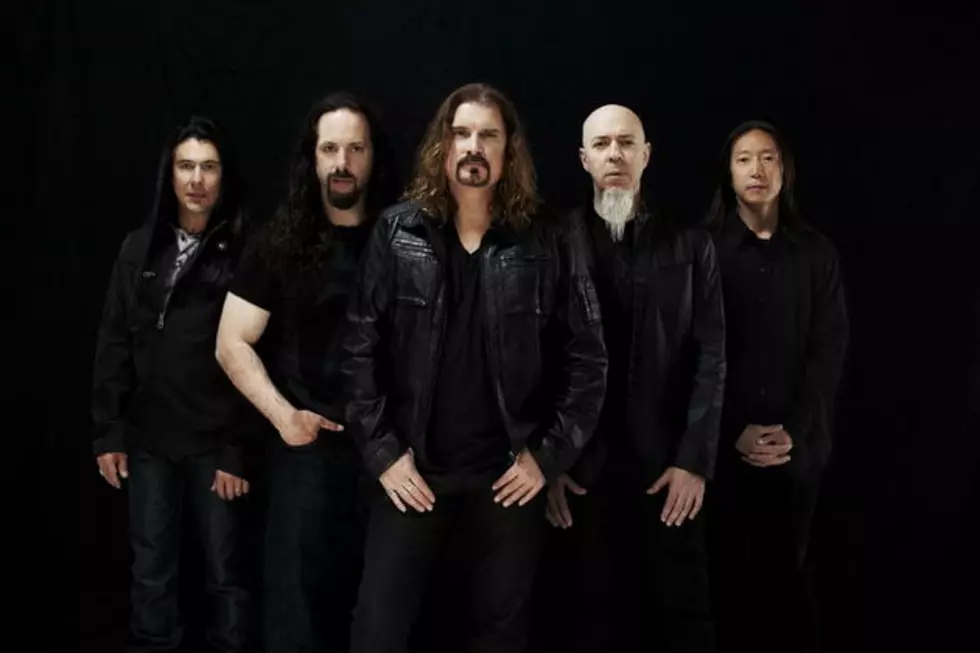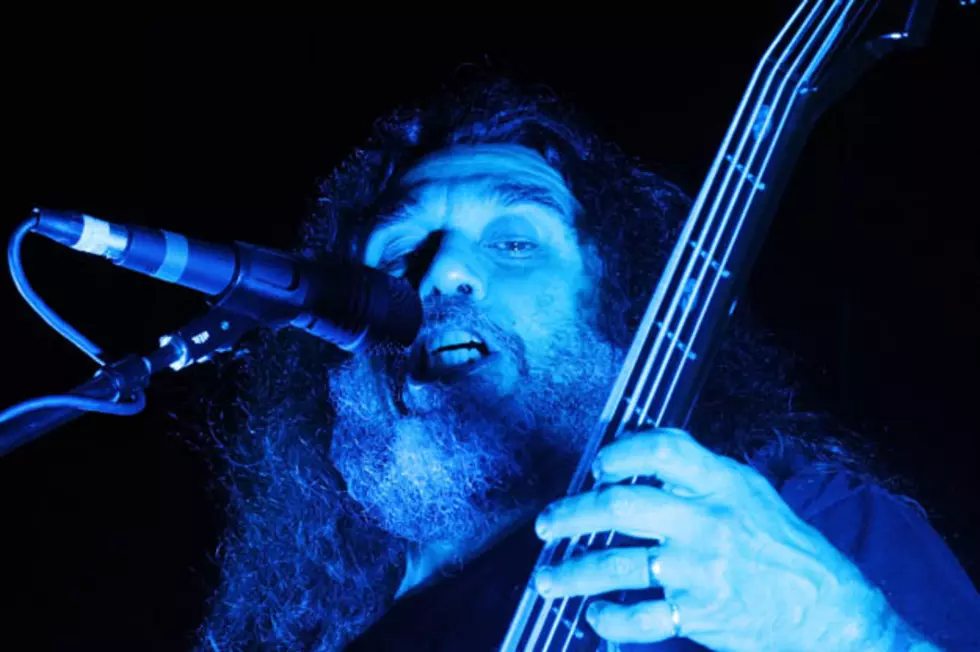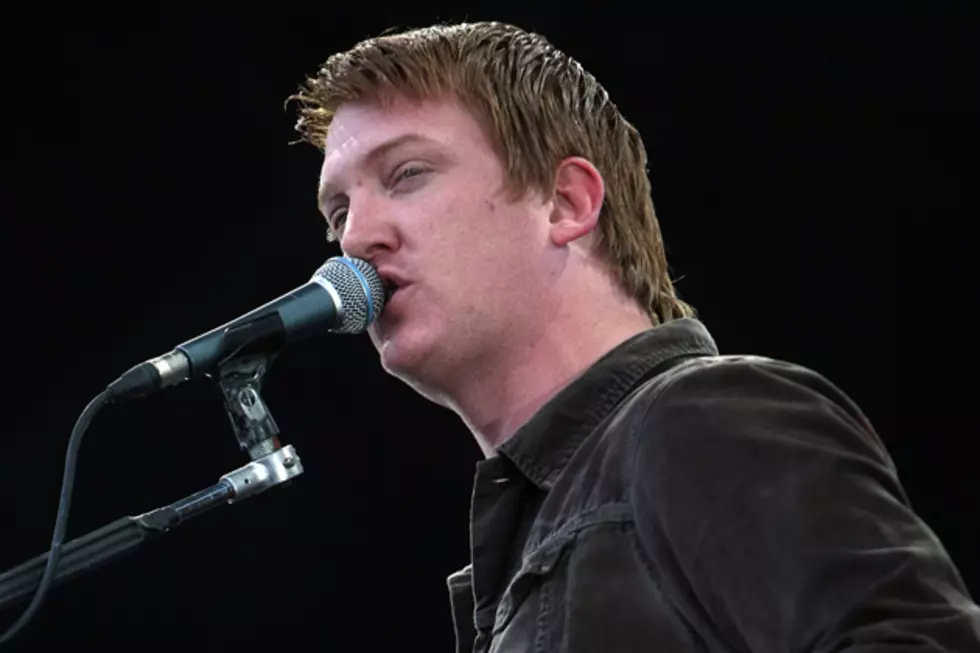
How to Build and Maintain a Koi Pond
A koi pond can literally add life to your backyard or garden, as well as sublime beauty and maybe even some much needed tranquility.
If you’d like a touch of East Asia bubbling gently behind your house, you’ll have to do more than dig a simple ditch, line it with rocks, fill it with water and dump a bunch of fish into your insta-pond. You’ll need to come up with a solid design first, think about how big you want to (and can) make your pond, as well as other important factors, like the water filtration system you’re going to set up, the drainage system, general water flow, how to protect your koi against invaders (raccoons and birds), and so on …
The Basics
You, or your koi pond contractor, will need to dig a pond that’s at least four feet deep and wide enough to give the fish room to swim around. The deeper the pond, the harder it will be for raccoons and predatory birds to snatch your precious koi away.
You’ll need some sunlight, but not too much direct sunlight on the pond, to keep your fish content. The pond should have at least 10 gallons (or thereabouts) of water per adult koi fish. If want lots of fish, build a big pond.
Different materials for lining your pond, like ethylene propylene diene monomer (EPDM) rubber (used in roofing) will help your koi sanctuary last a long time. The initial investment you shell out for your koi pond, as far as labor and materials go, will save you extra work and more money down the line.
Once you have some basic designs on the table and learn about the different items you’ll need to build, buy and procure, you’ll have to get serious about the maintenance of your pond—regardless of whether you construct it yourself or hire someone else to do the job for you.
Pond Maintenance
Before you stock your pond with fish, you’ll need to consider a few things like protein skimmers, air pumps and waterfalls (for added oxygen); a tough filtering system for organic waste and other unwanted materials; some type of bottom drain; as well as rock placement around the borders. Rocks help keep ground and excessive rainwater from leaking into your pond and mucking it up.
There are a lot of variables to wrap your head around, depending on your specific property, the size of your pond, your construction skills (or lack thereof) and how many fish you want to maintain. You can tackle each variable one by one, trust your pond builder, or buy a koi pond kit that should include most of the materials and instructions you’ll need. The choice, and the amount of work you want to invest in this project, is up to you.
Koi
After you sort out the rudimentary construction of your pond and actually build the thing, you’ll need to stock it with some koi. These large Japanese carp come in a variety of colors, with a variety of bloodlines. You can choose black, yellow, silver or mixed-color koi, just to name a few of your options. Your fish will be happiest in a clean, oxygenated pond that was keeps pesky predators out and the water as fresh as can be.
Good water quality with plenty of filtration in a hygienic (but never chlorinated) pond that’s sufficiently large for the number of fish you stock is key to keeping healthy, long-lived koi. Feed your fish at least twice a day (insects, fruit, bread crumbs, manufactured food with high protein content), and clean your pond.
But before you buy your first fish, make sure everything in your koi pond is working properly. Then all you have to do is enjoy the presence of these energetic fish and watch them thrive in the environment you created for them.
More From Rock 96.7









